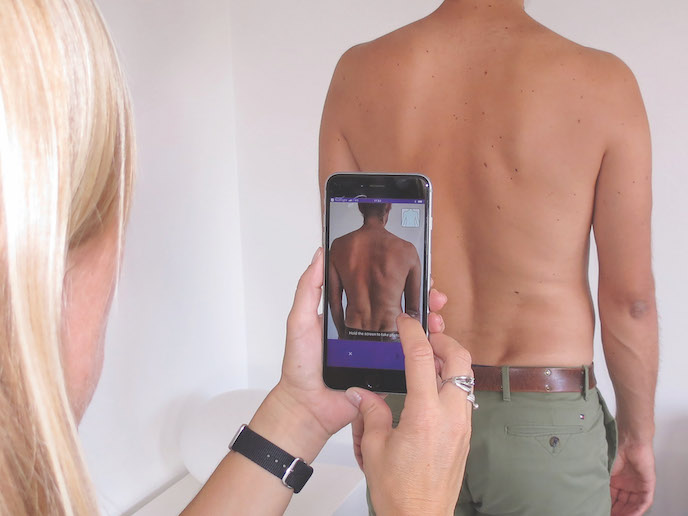Screening for signs of skin cancer with smartphone photos
Skin cancer accounts for one in three cancers diagnosed worldwide and it’s estimated that more than 230 million people globally are at high risk of developing melanoma. Every year, more than 140 000 new cases of melanoma are diagnosed in Europe, leading to more than 27 000 deaths. “A change in your skin – such as a mole evolving in size, shape or colour or a new mark appearing on your skin – can be an early sign of skin cancer and should be assessed by your doctor,” says Jon Friis, project coordinator of the EU-funded Miiskin project. The project aims to combine machine learning, computer vision and augmented reality to create a simple smart technology that can monitor, compare and identify skin changes. “Based on images the user takes of their skin at home with the Miiskin app, the technology enables the user to better identify changes in their skin that might be an early sign of skin cancer and need professional attention from a doctor. Early detection is key for successful treatment,” notes Friis, CEO and founder of the Miiskin start-up in Denmark.
Structured skin examinations
Available in free and premium versions, the personal and proactive app supports the user with identifying changes in their skin during their skin self-examinations. With a smartphone, users can take regular close-up images of their skin, or do the same for larger areas of the body. “Skin Mapping identifies and highlights all the moles on your skin, such as on the back. By taking a series of photos, you can compare all the highlighted moles and see if anything new has appeared on your skin,” explains Friis. This mapping feature will soon be able to automatically highlight differences and changes on the skin that need extra attention. However, Friis emphasises that Miiskin does not provide any diagnosis or assessment of skin cancer in the app. That’s the job of medical professionals. He acknowledges the benefits of working with Miiskin’s real-life users and learning how they behave: “We had to make short development iterations, ensuring that the app’s end users can understand and use its features correctly.”
International recognition
Miiskin has already won several innovation awards and prizes, notably through the European Venture Forum 2018, the largest European Venture Contest with over 2 400 competing companies. It’s also the only consumer tool to have been accredited with ‘Dermatologically Endorsed’ by the Skin Health Alliance, and has been accepted and validated by the National Health Service in the United Kingdom and included in the NHS App Library. The first version of Miiskin has already been downloaded over 500 000 times and is widely used around the world. But Friis is proudest of one thing: “The most important result is when users write to tell us how they have been able to identify unusual changes with our technology and had their doctor remove suspicious moles in time. Many of them thank us for helping to save their lives!”
Keywords
Miiskin, app, artificial intelligence, identification, melanoma, mole, photo, self-examination, skin cancer, skin mapping, smartphone







